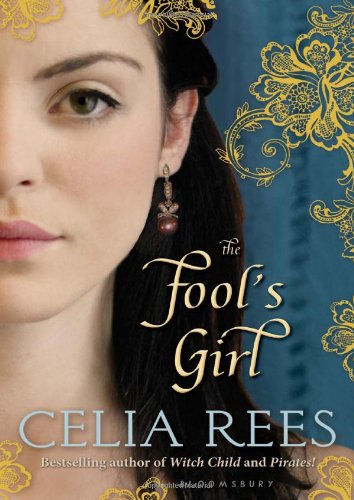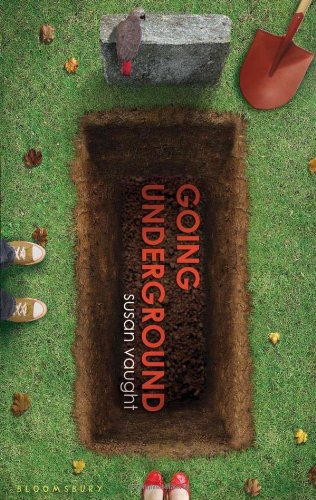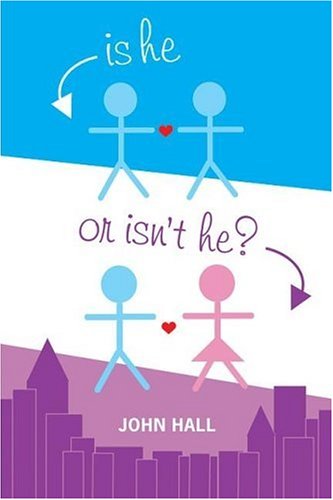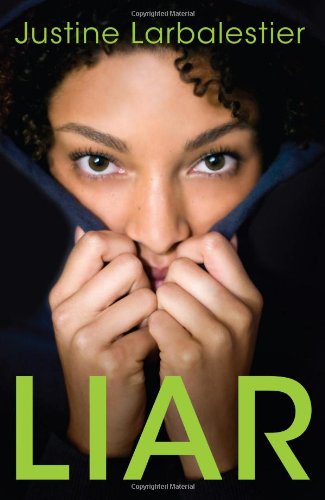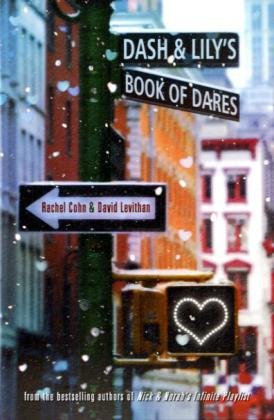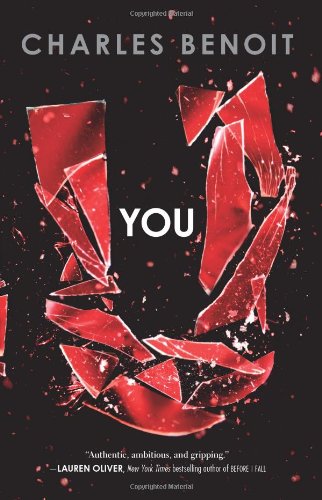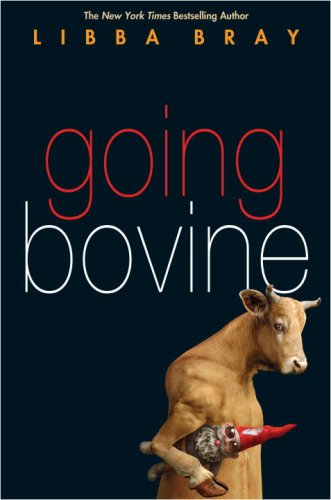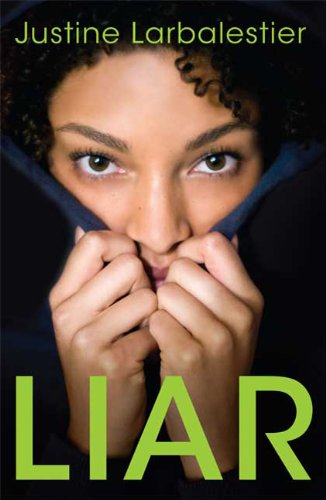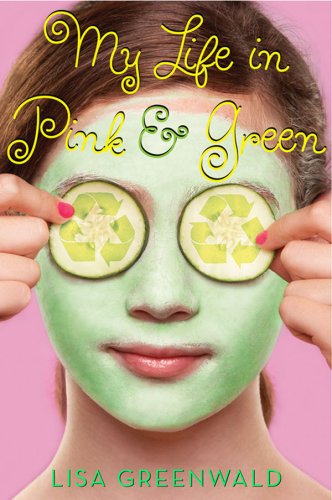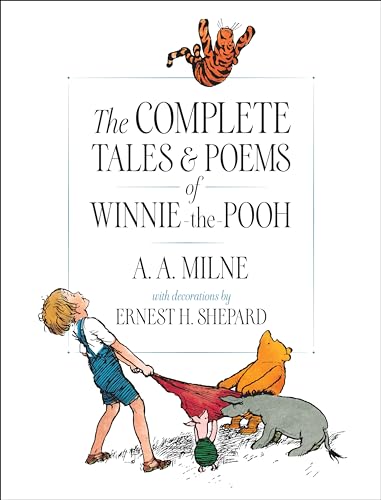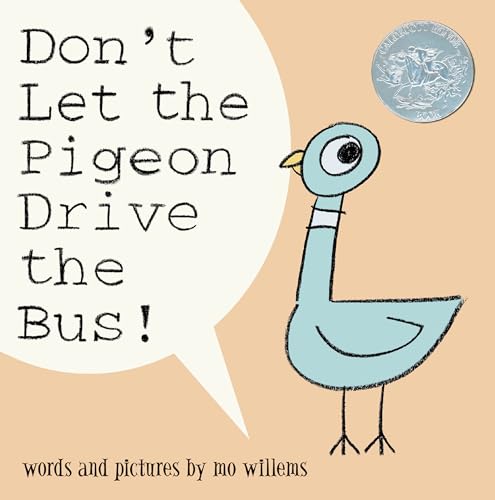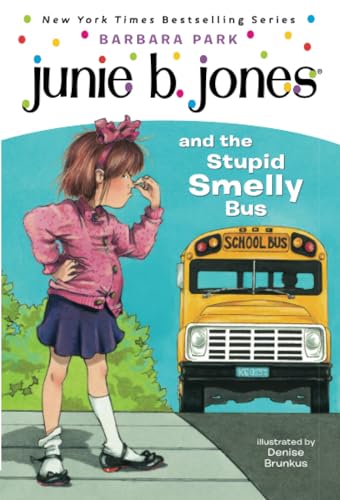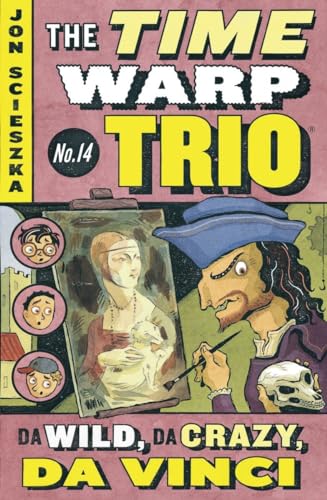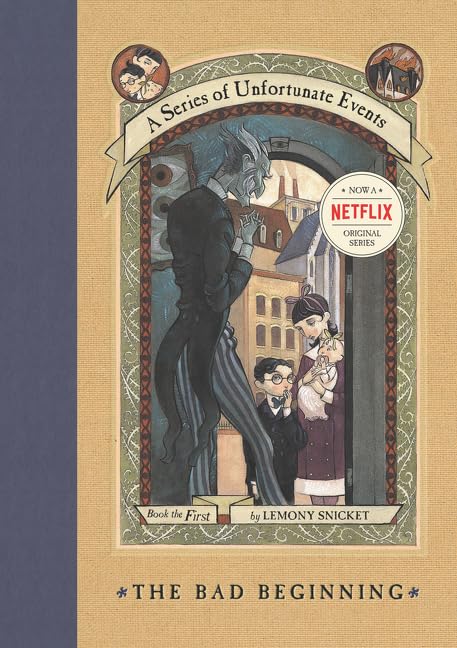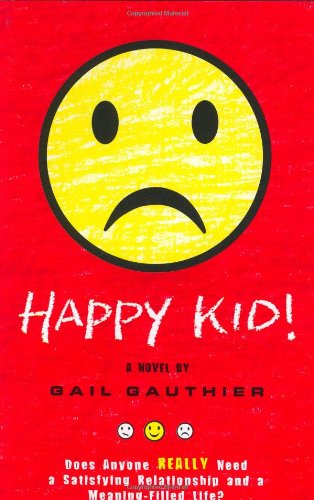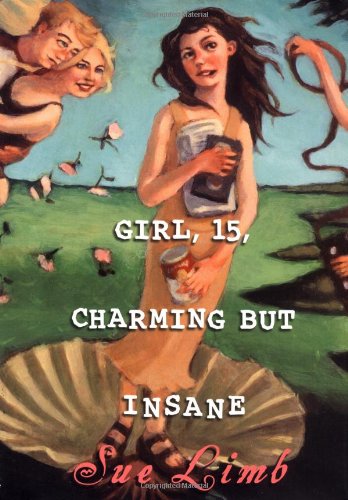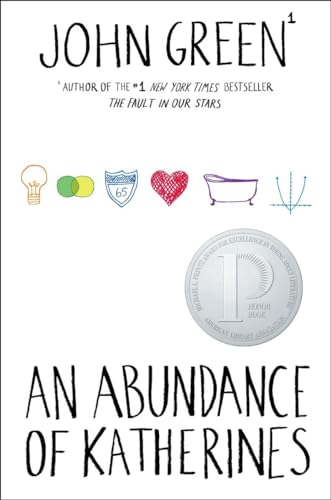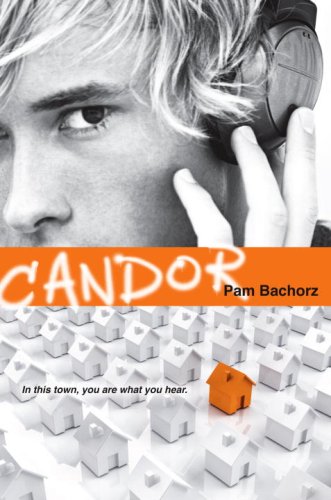
I’ll admit that I read
Candor because the author is in my DC Kid Lit Book Club. I didn’t really think that the sci-fi, mind-control theme was going to be up my alley. So wrong! Once I started, I couldn’t put the book down. The storyline is gripping, the characters are compelling, and the town of Candor is so perfectly conceived. Plus the book made me think. And not teen angst stuff like girl trouble or rotten parents or a dead brother — though all of those elements are included — but about the constitution of an individual, the obligations of a parent, the nature of man. As I read this book about a town where the teens are controlled by subliminal messages that make them behave perfectly, I was questioning the role that our mistakes, hardships, and choices have in making us individuals. That’s a good book.
For the Winter Blog Blast Tour, I am excited to ask author Pam Bachorz questions about her first novel and her writing life.
As a parent of a teen, I have to admit that there was a part of me that was intrigued by the idea of a society that could give me a kid who’d do her chores, study for tests, and not kiss boys. How did you find your instincts of parental protection rearing up in writing this “ideal” society?I will admit that there’s some temptation there, even as a mother of a pre-schooler! Being a parent made me understand how parents could end up moving their families to a place like Candor, Florida. You just want to give your child everything you can — and some people go overboard. In the case of Candor, that would be
way overboard! But I think my biggest “mama moments” in writing this story were in portraying the relationship that Oscar had with his mother, and the longing he still has for her. I know I wouldn’t have written it that way if I didn’t have a son.
The kids who listen to the messages in the town of Candor lose their individuality and become, as Oscar suggests, “like robots.” In pulling together the brainwashing concept, how did you consider the various roles that losing their painful pasts, not being able to learn from mistakes, and not actively making choices play in forming the “Stepford Wives” results?Since these kids can’t grow from their own mistakes or make their own decisions about how to behave, they’re left with a default: whatever the Messages tell them to do. I think that’s true even without brainwashing: If you don’t let kids live their own lives and make their own mistakes, they’re left with behaving like the people around them (which sometimes isn’t the best thing...!).
There are a lot of interesting ideas and messages in the book, but it’s not preachy. What did you do as a writer to keep from crossing that line?Ugh, I hate preachy stories (don’t really like hanging around preachy people either!). And I hate being told what to do — just ask my mother. So for me, it’s a simple sniff test. If I write anything that makes my toes curl, it’s got to come out. It also comes from motive, I think. If you’re writing a story to “teach kids a lesson,” that’s how it will come out. I like to write stories that entertain and introduce readers to new worlds, so hopefully that’s what I end up doing.
In essence, Oscar controls whether he’ll lose the one person who might make his existence in Candor tolerable. Can you interpret this as a sort of final exam in free choice for the character? How about for the reader?Yes. The final few chapters of
Candor are a crucible for Oscar. He’s grown since he met Nia, and he’s made some decisions about what — and who — is most important to him. But is he brave enough to follow through on those revelations, no matter what the consequences are? I don’t want to spoil the ending for those who haven’t read it, so I will stop there! For the reader, sure, I hope that they’re asking themselves, “What would I do?” throughout. And when you consider Oscar’s family ties, and loyalty, you see that there’s no easy answer for him.
What did you use of your own experiences in writing Candor?Candor was inspired by the time my family lived in a planned community in central Florida; anyone who’s visited that spot is sure to find some areas that helped to inspire my settings — like the boardwalks, the lake with rocking chairs, the ice cream shop. But of course my real-life neighbors hadn’t been brainwashed (or maybe that is just what I’m supposed to say!). There are lots of small parts of my life that found their way into my story, of course... like my father’s penchant for pointing up in the sky and shouting, “Look! A dead bird!”
Generally, I think I used my personal experiences in feeling like a “hidden outsider”: someone that everybody thinks fits in, but actually feels very much on the outside. That’s how the main character in
Candor feels, too. I’d bet that most people have felt that way at some point in their lives.
Why did you feel the need to write this book? I have loved the idea of writing about brainwashing since I first thought of it, and I am just too stubborn to quit something once I start... no matter how many times I threaten to! I hadn’t read anything quite like this, and I hadn’t encountered a character quite like Oscar or with his problems. So I figured it was worth it: The idea fascinated me and it wasn’t going to be like a dozen other books already out there.
When did you start writing?I dictated my first picture book, featuring Winnie the Pooh, to my mother when I was four. I wrote my first novel on my father’s old electric typewriter when I was in middle school. It was hunderds of pages long and had something to do with mermaids and mazes. Mercifully, it is lost. Although I hear mermaids are the next hot thing in YA.
*head smack*Where do you do your best thinking?I do most thinking in my study; I am lucky enough to have my very own workspace (complete with door and lock!) and a desk that I can devote just to my writing. But I find that my biggest breakthroughs happen when I am not at
all thinking about writing. The trick is to truly drop it from my mind. I can’t count how many breakthrough ideas I’ve had while I’m watching the opening credits for movies. My brain must really relax then, I suppose.
Who inspires you personally or professionally?My grandfather, Charles Hockford, is a big inspiration to me. He played piano almost every Friday and Saturday night, in clubs and restaurants, into his eighties. But he also raised a family with my grandma Grace and held down a full-time job. He found a way to balance family, art and paycheck. Of course my grandmother deserves huge credit for keeping things running smoothly... just like my husband, who I like to call The Patron of The Arts (POTA)! I am also inspired to see my other grandmother, Carolyn, pursuing her painting even in her nineties.
How do you balance novel writing and social media needs?Ha! Very good question. Well, I schedule my novel writing every week: I commit to my writing time on a calendar and post it on my study door. And that is solid writing time; no e-mail, no Internet, nothing. On the other hand, social media is something I fit in “whenever,” and usually that means when I have two minutes to spare. It helps to have a blackberry with the Twitter and Facebook apps installed so I can catch up with social media while I’m at the post office, etc. If I drop off the social media planet it’s probably because I am totally absorbed by writing and too exhausted to do the fun extra stuff.
As a bonus, here’s the answer for the question that I forgot to ask — what’s next? Pam is working on another Young Adult book for Egmont’s Fall 2010 list.
For more Winter Blog Blast Tour:
Lisa Schroeder at
Writing & RuminatingAlan DeNiro at
Shaken & StirredJoan Holub at
BildungsromanPam Bachorz at
MotherReaderSheba Karim at
Finding WonderlandR.L. LaFevers at
HipWriterMama(Note: Post updated to reflect complete schedule.)
Links to material on Amazon.com contained within this post may be affiliate links for the Amazon Associates program, for which this site may receive a referral fee.
 At the end of senior year, one girl instigates a road trip with her ex-best friends to see their favorite band reunited for one concert only. Despite their estrangement, they each have a reason to bridge their differences and take to the highway. Alice sees this concert as fate, Tiernan is looking for an escape from her mother, while Summer joins after being dumped by her boyfriend. On the trip, they cautiously reconnect while also avoiding the discussion of why they separated from each other in the first place. The book starts off a little awkwardly – like a pilot of a show introducing the characters in obvious ways. But once the girls hit the road, the book hits its stride. There are plenty of obstacles on the way and lots of character conflict, leading to a fun read. I can't help thinking that it would be a great movie, especially considering that there is a real band, Level3 to use in the flick.
At the end of senior year, one girl instigates a road trip with her ex-best friends to see their favorite band reunited for one concert only. Despite their estrangement, they each have a reason to bridge their differences and take to the highway. Alice sees this concert as fate, Tiernan is looking for an escape from her mother, while Summer joins after being dumped by her boyfriend. On the trip, they cautiously reconnect while also avoiding the discussion of why they separated from each other in the first place. The book starts off a little awkwardly – like a pilot of a show introducing the characters in obvious ways. But once the girls hit the road, the book hits its stride. There are plenty of obstacles on the way and lots of character conflict, leading to a fun read. I can't help thinking that it would be a great movie, especially considering that there is a real band, Level3 to use in the flick.

